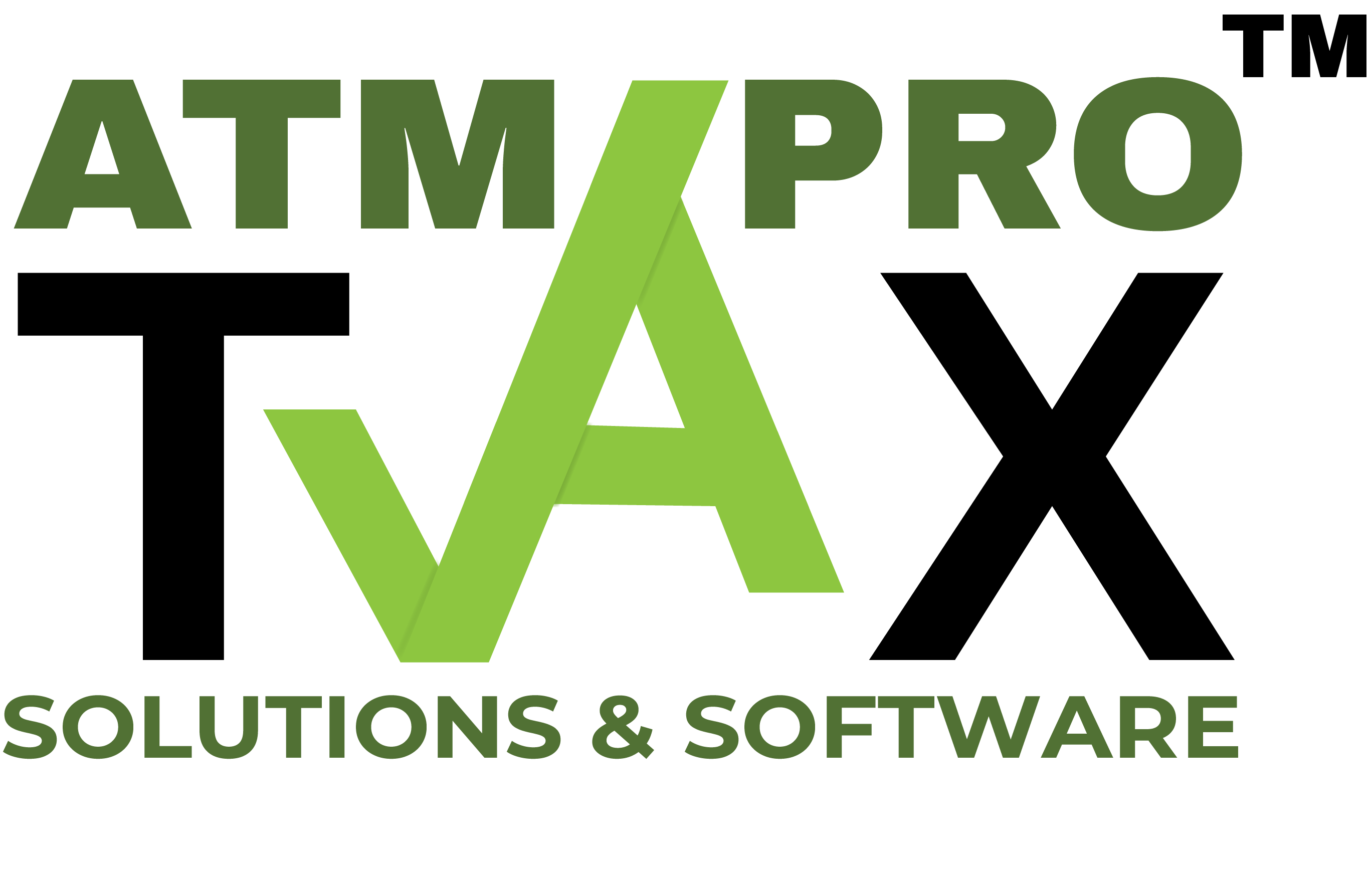Educational Center
ATM Tax Pro Solutions Educational Center will provide answers to your queries.
- What Is a Dependent Exemption?
- What Does Adjusted Gross Income Mean?
- Income Tax Return Amount Due Meaning
- Business Taxes
- What Is a Commission?
- Direct Deposit Definition
- What Is Direct Tax?
- Earned Income Definition
- What Is the Earned Income Tax Credit?
- Electronic Return Originator Meaning
- What Is a Flat Tax?
- What Is an Injured Spouse Claim?
- What Does IRS Innocent Spouse Relief Mean?
- What Is Property Tax?
- Tax Deficit Meaning
- Electronic Filing
- Employee Taxes
- Excise Tax
- Tax Exempt
- Compulsory Filing of Income Tax Return
- Gross Income Meaning
- What Are Exemptions on Tax Returns
- Test to Become a US Citizen
- What Is Head of Household
- What Is Federal Income Tax?
- What Is an Authorized E-File Provider?
- Who Needs to File a Tax Return?
- Learn All About Financial Records
- What Is An Offer in Compromise and What Does It Mean?
- What Does Non Collectible Status Mean?
- What Is a Federal Tax Lien?
- Benefits Received Principle Definition
- Ability to Pay Definition
- Bonus Definition
A tax return is the set of forms that a taxpayer turns in to the IRS in order to assess their tax requirements. But they’re not required for everyone. Who needs to file a tax return? Who doesn’t need to file a tax return? (Learn more about tax basics like terminology, concepts, and procedures.)
Minimum Gross Income
One way the IRS decides if someone must file a tax return is their gross income . If it’s above a certain level, a tax return may be required, if other characteristics are also met, such as age.
Your gross income is the total of all the payments that you receive from all sources, as long as it is not tax-exempt. And payments can be given in the form of various types of money, goods, property, and services.
Since there was a standard tax deduction for single taxpayers of $12,400 in 2020, many people would not need to file a tax return if their gross income was less than $12,400. This deduction is the amount that you can subtract from your gross income to come up with your total taxable income. For example, let’s say:
- Your income is $12,400
- You subtract the $12,400 standard deduction
- Your taxable income would be $0
In other words, a single taxpayer would only need to file a tax return if his or her income was above $12,400. (NOTE: This is not official tax advice, which you would need to receive from a tax professional like ATM Tax Pro before you make decisions about your tax returns.)
Filing Status and Age
The standard deduction changes based on your filing status and age, also. Here are the figures that were used in the 2020 tax year:
- Single, up to age 64: $12,400
- Single, age 65+: $14,050
- Married, filing jointly, both spouses up to age 64: $24,800
- Married, filing jointly, one spouse age 65+: $26,100
- Married, filing jointly, both spouses age 65+: $27,400
- Married, filing separately, all ages: $5
- Head of household, up to age 64: $18,600
- Head of household, age 65+: $20,300
- Qualifying widow(er), up to age 64: $24,800
- Qualifying widow(er), age 65+: $26,100
Filing When Not a Citizen
Are you a non-citizen who still needs to file a tax return? If you are being paid in the US, visit IRS.gov to find out more about the requirements, which are based on your sources of income and your filing status.
If you are required to file a tax return, you’ll need a social security number or individual taxpayer identification number, along with specific advice about which form to file for your situation.
